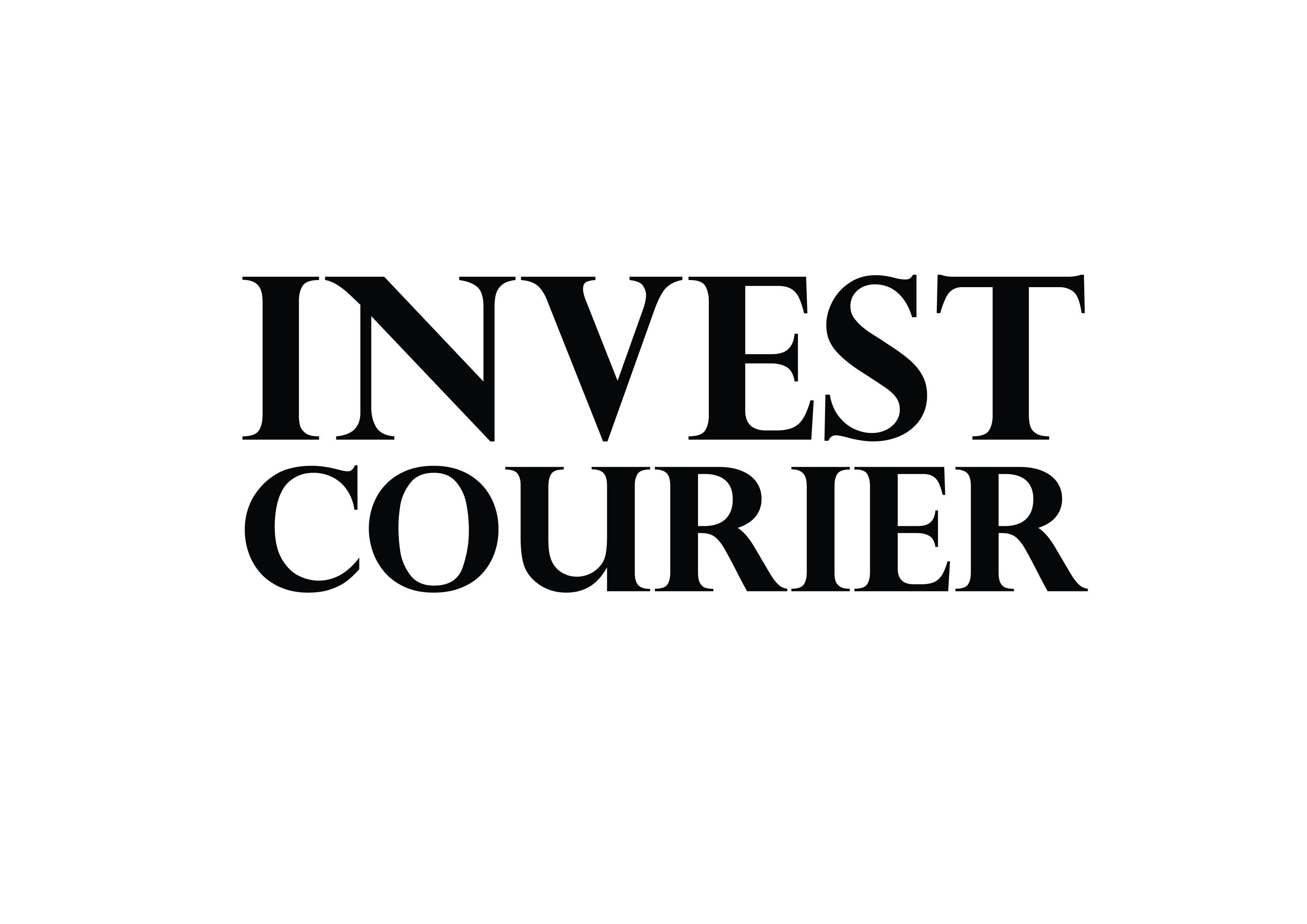Have you ever felt like your career is running you ragged? I know the feeling all too well. Early in my finance career, I pushed myself to the limit, working 70-hour weeks while juggling parenting. The result? Burnout. Looking back, I regret not taking breaks sooner.
During the pandemic, I doubled down on work, believing it was the only way to sustain my life and business. But I learned the hard way that pacing yourself is crucial for long-term success. After a short 2-month break, I returned still exhausted. Now, I’m planning a 4-month sabbatical to truly recharge.
Taking time off isn’t just about rest—it’s a proactive strategy to protect your wealth and mental health. In this article, I’ll share steps to help you plan for a break that supports your future goals. Whether you’re aiming for career longevity or personal fulfillment, a well-thought-out sabbatical can make all the difference.
What Is a Sabbatical and Why Should You Take One?
Ever wondered what a sabbatical could do for your life? A sabbatical is an extended break from work, typically lasting one to twelve months. It’s not just a vacation—it’s a chance to recharge, learn, and grow. While some employers offer partial pay during this time, others may require unpaid leave. The structure varies widely, especially when comparing U.S. practices to international norms.
Understanding the Concept of a Sabbatical
In Europe and Asia, sabbaticals often span six to twelve months and are deeply rooted in cultural practices. For example, some countries integrate sabbaticals with parental leave policies. In the U.S., competitive employers might offer partial pay structures, such as 100% for the first month and 70% for the second. This flexibility makes it easier to plan a meaningful break.
Creative uses for a sabbatical range from writing books to organizing your home. It’s also a time to focus on skill development or strengthen relationships. However, fear of falling behind on the corporate ladder often prevents people from taking this step. Overcoming this mindset is key to reaping the rewards of a well-planned break.
Benefits of Taking a Sabbatical
One of the most significant benefits is improved mental health. Taking time away from work allows you to reset and heal. For instance, the author of this article plans to focus on “healing” during their upcoming four-month break. This approach can lead to greater clarity and renewed energy.
Employers also benefit from sabbatical programs. Studies show that offering extended breaks improves retention rates. Companies like those in California have seen GDP growth post-2015, partly due to innovative policies such as 1-3 months off every five years. These programs address pandemic-induced relationship strains and other modern challenges.
However, poorly planned sabbaticals can lead to exhaustion. It’s essential to set clear goals and ensure financial stability before taking the leap. A well-structured break can transform your career and personal life, making it a worthwhile investment for the future.
Assess Your Financial Situation Before Taking a Sabbatical
Taking a break from work requires a solid financial foundation. Start by evaluating your current savings, expenses, and debt. This step ensures you’re ready to step away without financial stress.

Calculate Your Current Savings and Expenses
Begin by tracking your income and expenses. Use budgeting apps like Mint or You Need A Budget to simplify the process. These tools help you identify where your money goes each month.
Next, calculate your net worth. Subtract your liabilities (like loans) from your assets (like savings). This gives you a clear picture of your financial health. Aim to save enough to cover your expenses during your break, plus a 20% buffer for unexpected costs.
For example, if your monthly expenses are $5,000 and you plan a 6-month break, your target savings should be $36,000. This formula ensures you’re prepared: (Monthly expenses × Sabbatical months) × 1.2 = Target savings.
Evaluate Your Debt and Financial Obligations
Review your debt before planning your break. High-interest loans, like credit cards, should be prioritized. Consider using the debt snowball or avalanche method to pay them off faster.
If you have student loans, balance their repayment timeline with your sabbatical plan. Ignoring these obligations can lead to financial strain later. Additionally, factor in childcare costs if you’re a parent. These expenses can significantly impact your budget.
Avoid tapping into tax-advantaged accounts or taking 401(k) loans to fund your break. These actions can have long-term consequences on your financial stability. Instead, focus on building a dedicated emergency fund for your sabbatical.
Create a Detailed Budget for Your Sabbatical
Planning your time off starts with a clear financial roadmap. A detailed budget ensures you can enjoy your break without worrying about money. Begin by breaking down your costs into fixed and variable categories. Fixed costs include rent or mortgage payments, while variable costs cover travel and daily expenses.
Estimate Living Expenses During Your Time Off
Your living expenses will vary depending on your location. For example, staying in the U.S. might cost $3,000 to $6,000 per month, while Southeast Asia could be as low as $1,500. Use tools like Trail Wallet to track daily spending and stay on plan.
Consider geoarbitrage opportunities in low-cost countries. Destinations like Thailand or Vietnam offer affordable living without compromising on quality. This strategy can stretch your money further, allowing you to enjoy more travel experiences.
Account for Travel and Other Activities
If travel is part of your plans, factor in costs like flights, accommodations, and local transportation. Off-season flights and rail passes can save you hundreds of dollars. Platforms like HomeExchange offer house-swapping options, reducing lodging costs significantly.
Don’t forget hidden expenses like travel insurance, visa fees, and pet care. These can add up quickly, so include them in your budget. For example, a 6-month trip might require an additional $1,000 for these items.
“A well-planned budget is the key to a stress-free sabbatical. It allows you to focus on what truly matters—rest, growth, and exploration.”
Here’s a quick comparison of sample budgets:
- $3,000/month: Ideal for domestic stays or low-cost international destinations.
- $6,000/month: Suitable for mid-range locations like Lake Tahoe or Napa Valley.
For more tips on managing your living expenses, check out this guide on creating a reliable budget. It’s a great resource for long-term financial planning.
Build an Emergency Fund for Unexpected Costs
Unexpected costs can derail even the best-laid plans. Whether it’s a car repair, medical crisis, or sudden travel change, having an emergency fund ensures you’re prepared. This financial cushion is crucial for maintaining peace of mind during your break.
Why an Emergency Fund Is Crucial
An emergency fund acts as a safety net for life’s surprises. Without it, you might be forced to dip into retirement accounts or take on high-interest debt. For example, a $1,500 car repair or a $3,000 medical bill can quickly drain your savings if you’re unprepared.
Having this fund also reduces stress. Knowing you’re financially secure allows you to focus on rest and personal growth during your break. It’s a small step that makes a big difference for your future.
How Much to Save for Emergencies
Start by creating a 3-bucket system: daily costs, true emergencies, and a re-entry fund. Aim to save six months of living expenses for daily costs, three months for emergencies, and three months for transitioning back to work. This tiered approach ensures you’re covered for every scenario.
For international travel, multiply your monthly expenses by 1.5 to account for higher costs. Use high-yield savings accounts or CD ladders to grow your money faster. Automated tools like Digit can help you save consistently without thinking about it.
“An emergency fund isn’t just about money—it’s about peace of mind. It’s the foundation of a stress-free sabbatical.”
Here’s a quick breakdown of fund sizes:
- $10,000: Ideal for singles with minimal expenses.
- $20,000: Suitable for families with higher monthly costs.
Remember, avoid tapping into retirement accounts for emergencies. Instead, focus on building a dedicated fund that protects your future financial stability.
How to Prepare Financially for a Sabbatical: Income Strategies
Generating income during your break can make it more sustainable and stress-free. Whether you’re looking to maintain financial stability or fund new experiences, diversifying your earnings is key. Let’s explore practical ways to keep the money flowing while you recharge.
Explore Passive Income Opportunities
Passive income allows you to earn without constant effort. Start by investing in dividend stocks like Coca-Cola, which provide steady payouts. Rental properties managed through platforms like Airbnb can also generate consistent income.
If you have creative skills, consider monetizing a blog or podcast. Affiliate marketing and sponsored posts are excellent ways to earn. For example, producing a podcast episode takes just 20-30 minutes but can yield long-term returns.
Teaching online courses via Udemy or Skillshare is another option. Share your expertise while building a scalable business. Remember, avoid multi-level marketing schemes disguised as passive income—they often require more effort than they’re worth.
Consider Remote Work or Freelancing
Remote work and freelancing offer flexibility during your break. Platforms like Upwork and Fiverr connect you with gigs that match your skills. Transcription services like Rev are great for side income.
If you’re an expert in your field, consulting or project-based contracts with former employers can be lucrative. Financial Samurai’s guest author recruitment plan is a great example of leveraging your network for opportunities.
Freelancing also allows you to set your own schedule, making it easier to balance work and relaxation. Whether it’s writing, design, or coding, there’s a demand for diverse skills in the gig economy.
“Diversifying your income streams ensures you’re financially secure while pursuing personal growth during your break.”
Here are four income streams to consider:
- Passive Income: Dividends, rental properties, or digital products.
- Remote Work: Freelancing or consulting through platforms like Upwork.
- Consulting: Leverage your expertise for project-based work.
- Investments: Grow your wealth with stocks or real estate.
By combining these strategies, you can enjoy your break without financial stress. Start planning now to make the most of your time off.
Manage Your Health Insurance and Other Benefits
Planning your break involves more than just saving money—it’s about securing your well-being. Ensuring you have proper health insurance and maintaining your retirement contributions are essential steps. Let’s explore how to handle these critical aspects during your time away from work.

Understand Your Health Insurance Options
When leaving your job, you’ll need to decide on health insurance. COBRA allows you to keep your employer’s plan, but it can cost up to 102% of the premiums. This option is convenient but often expensive.
Marketplace plans under the Affordable Care Act (ACA) are another choice. They offer flexibility and may qualify you for premium tax credits based on your income. Compare these plans to find one that fits your needs and budget.
If you’re traveling internationally, consider travel insurance. It covers medical emergencies abroad and complements your primary health insurance. Some plans even include trip cancellation and lost luggage protection.
Plan for Retirement Contributions During Your Break
Maintaining your retirement savings is crucial, even during a break. If you’re over 50, take advantage of catch-up contributions to boost your savings. This is a great way to stay on track for your future goals.
Roth IRA conversions can be beneficial in low-income years. Converting traditional IRA funds to a Roth IRA allows for tax-free growth and withdrawals in retirement. This strategy works well if your income is lower during your break.
Freelancers can explore SEP IRA options. These accounts allow higher contribution limits, helping you save more for retirement. Just be mindful of 401(k) vesting schedules if you’re leaving your job—you might lose unvested contributions.
“Securing your health and financial future ensures peace of mind during your break. It’s an investment in your long-term well-being.”
Here are additional tips to consider:
- Use Health Savings Accounts (HSAs) for tax-free medical care expenses.
- Explore dental and vision discount plans as affordable alternatives.
- Check Medicaid eligibility if you’re in an expansion state.
By addressing these areas, you can enjoy your break without worrying about your health insurance or retirement plans. Start planning now to make the most of your time off.
Plan for Your Return to Work After the Sabbatical
Returning to work after a break requires thoughtful preparation. A smooth transition back to your job ensures you maintain financial stability and career momentum. Start by setting aside funds for this phase and rebuilding your emergency fund post-sabbatical.
Set Aside Funds for Transitioning Back
Before your break ends, create a financial cushion for your transition back. Aim to save at least three months of living expenses to cover your job search or phased return. This fund acts as a safety net, giving you time to find the right opportunity.
Consider phased return strategies, such as starting part-time before moving to full-time. This approach eases you back into the workforce while maintaining your plan for financial stability. Networking through LinkedIn groups can also open doors to new opportunities.
Here are some tips to prepare financially:
- Save a 3-month emergency fund for unexpected costs.
- Use resume refresh services like TopResume to highlight your skills.
- Frame your sabbatical as professional development during interviews.
Rebuild Your Emergency Fund Post-Sabbatical
After your break, prioritize rebuilding your emergency fund. A strong financial cushion protects you from unexpected expenses as you settle back into work. Start by allocating a portion of your income to this fund each month.
If you’re over 50, take advantage of catch-up contributions to your retirement accounts. This strategy helps you stay on track for long-term financial goals. Avoid lifestyle inflation post-sabbatical to maintain your savings momentum.
“A well-prepared return to work ensures you continue thriving both financially and professionally.”
Here’s a quick guide to rebuilding your finances:
- Allocate 20% of your income to savings for the first 12 months.
- Explore 401(k) catch-up contributions to boost your retirement savings.
- Maintain certifications and skills to stay competitive in your field.
By following these steps, you can confidently return to work and continue building your plan for the future.
Conclusion
A well-planned break can transform your career and personal life. From budgeting to exploring income streams, each step ensures a stress-free sabbatical. My first attempt taught me the importance of a solid plan—don’t make the same mistake.
Start by assessing your company’s policies. Many employers offer partial pay or flexible options. Use this time to recharge and focus on your future goals. A sabbatical isn’t just a break—it’s a strategy for long-term success.
Remember, burnout can have serious financial consequences. Taking proactive steps now protects your life and wealth. Download our free budget template to get started today.
Ready to take control of your career and well-being? Subscribe to the Financial Samurai newsletter for ongoing tips and insights. Your future self will thank you.


